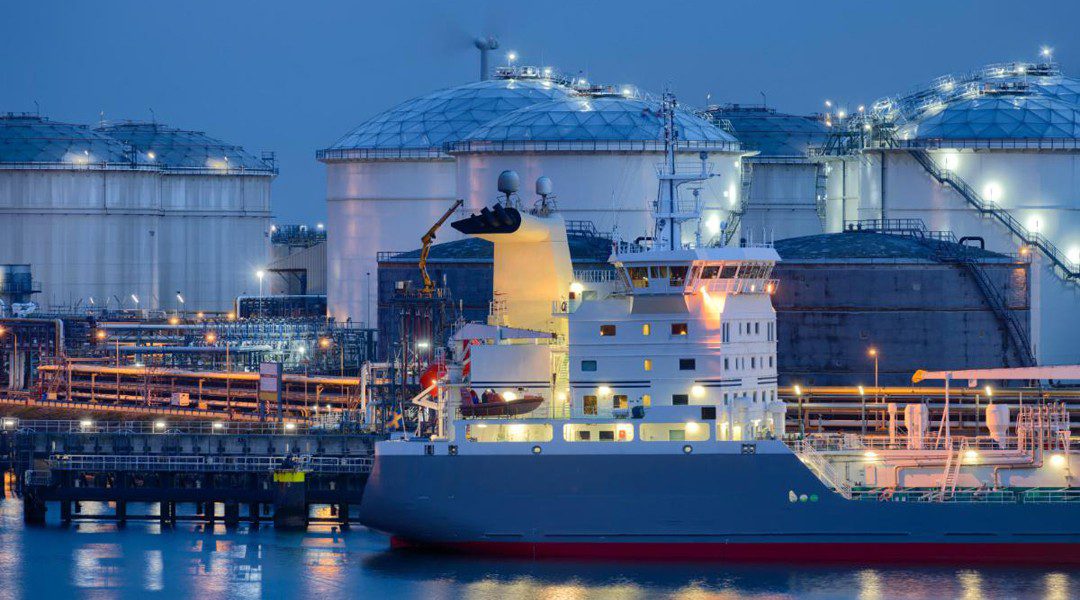Why the shore power adoption rate has increased ’dramatically’ in the box ship sector – and what more needs to be done
Shoreside investments and regulation are the key drivers behind the uptake of shore power in the container sector.
A huge driver is the FuelEU Maritime Regulation, whereby from 2030, passenger and container ships must use onshore power (OPS) at Trans-European Network (TEN-T) ports when moored for more than two hours. By 2035, this requirement extends to all EU ports where shore power is available. As Wärtsilä marine director, electrical and power systems business Torsten Büssow says, “The adoption of OPS in the container sector will increase, but how and when will largely depend on shoreside investments, driven by regulatory mandates. Currently, regulations remain uneven.”
And he points out infrastructure remains a challenge – only 35% of EU TEN-T core ports currently offer shoreside electricity, requiring significant investment to meet the 2030 target. “This uncertainty affects shipowners, but the good news is many newbuild container vessels (and more cruise and passenger vessels) now include cold ironing capabilities, and retrofitting is relatively simple,” he says.
“Where individual ports or nations want to introduce cold ironing capabilities, but need to see the vessel-side demand, incentives like tax breaks and port fee reductions for vessel owners and operators may encourage OPS uptake, and green corridors can help align fleet operations with available infrastructure, which is easier for liners than other vessel segments.”
Technical challenges
Aside from the need for shore-based infrastructure to be readily available, Mr Büssow says other technical considerations include high capital costs for vessel retrofitting, the relative cost of electricity compared with marine fuels currently, and the general challenges in retrofitting existing ships.
However, these challenges are being addressed through collaborative efforts among stakeholders, government support and technological advancements. For instance, he points out standardisation initiatives such as the IEC 80005 have facilitated the integration of shore power systems, and economic incentives are improving the financial viability of such investments.
Mr Büssow adds, “That said, there are only a handful of engineering teams in the world with experience of designing and delivering shore power installations on commercial vessels. One of them is Wärtsilä, with 150 vessels around the world already benefiting from a Wärtsilä shore power solution. Most of these vessels use the Wärtsilä Shore Power Container (SPC) system, a containerised retrofit solution, which is ideally suited to container vessels.”
Wärtsilä’s shore power solutions are available as built-in shoreside systems or deck-mounted containerised systems and are designed in accordance with the IEC 80005 standard for high-voltage shore connection systems. “The system can be delivered as a containerised solution or installed on board a vessel as a single-component solution, so it is particularly well suited for container carriers,” Mr Büssow says.
The Wärtsilä SPC system includes all the necessary components inside a 40-ft high-cube container and can be installed in any suitable location on board. It can be fitted at build or retrofitted to existing vessels by connecting it to the existing control panels and systems with minimal downtime and while at berth. Importantly, the solution can be tailored to the needs of the vessel, for example, a step-down transformer can be installed for low-voltage applications. More customisable solutions are also available, for example, the shore cable reel can be installed in a 20-ft container on deck while the monitoring and control cabinet and high-voltage switchboard can be installed below deck or in a second 20-ft container, so it is a versatile solution.






